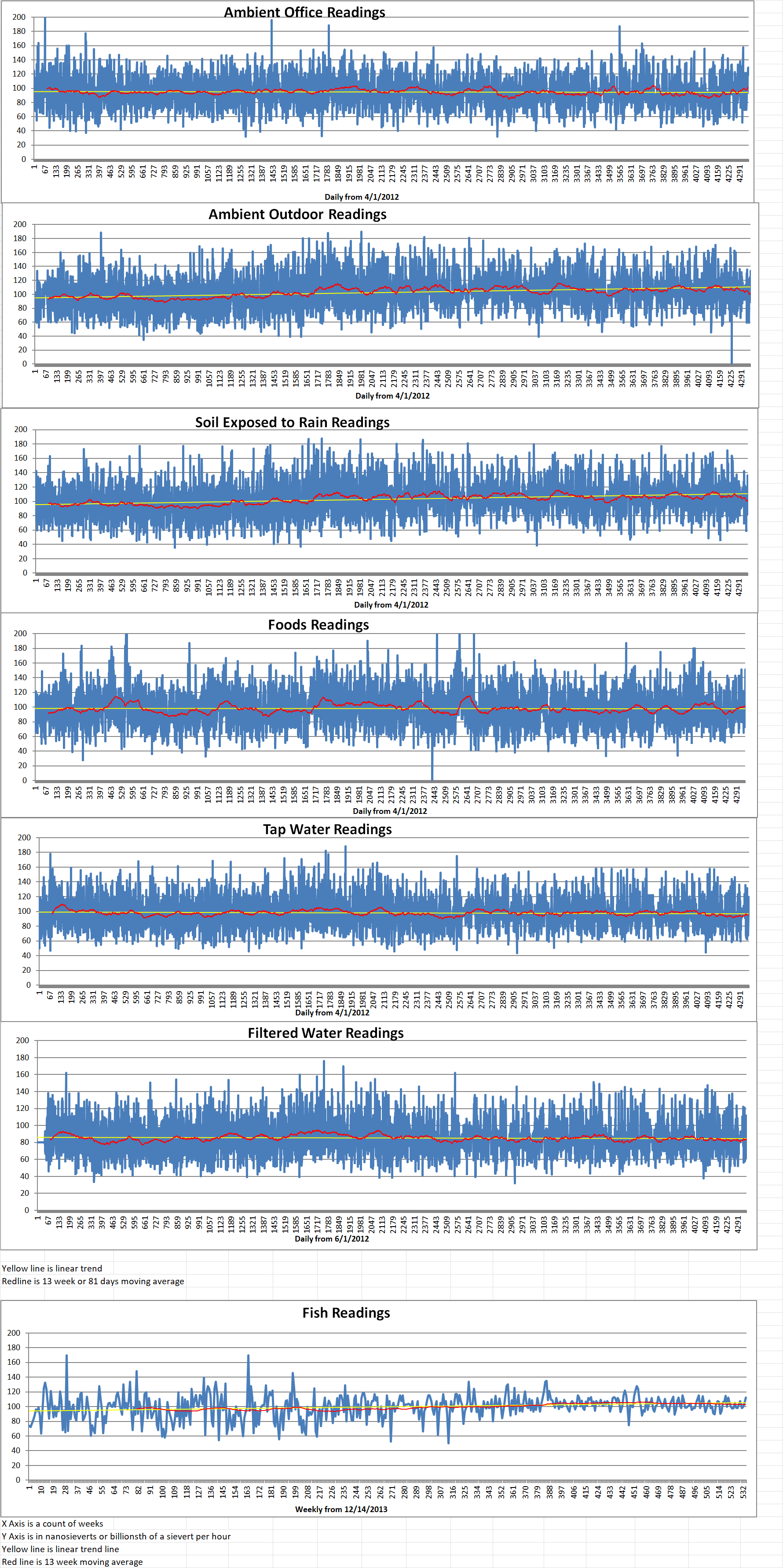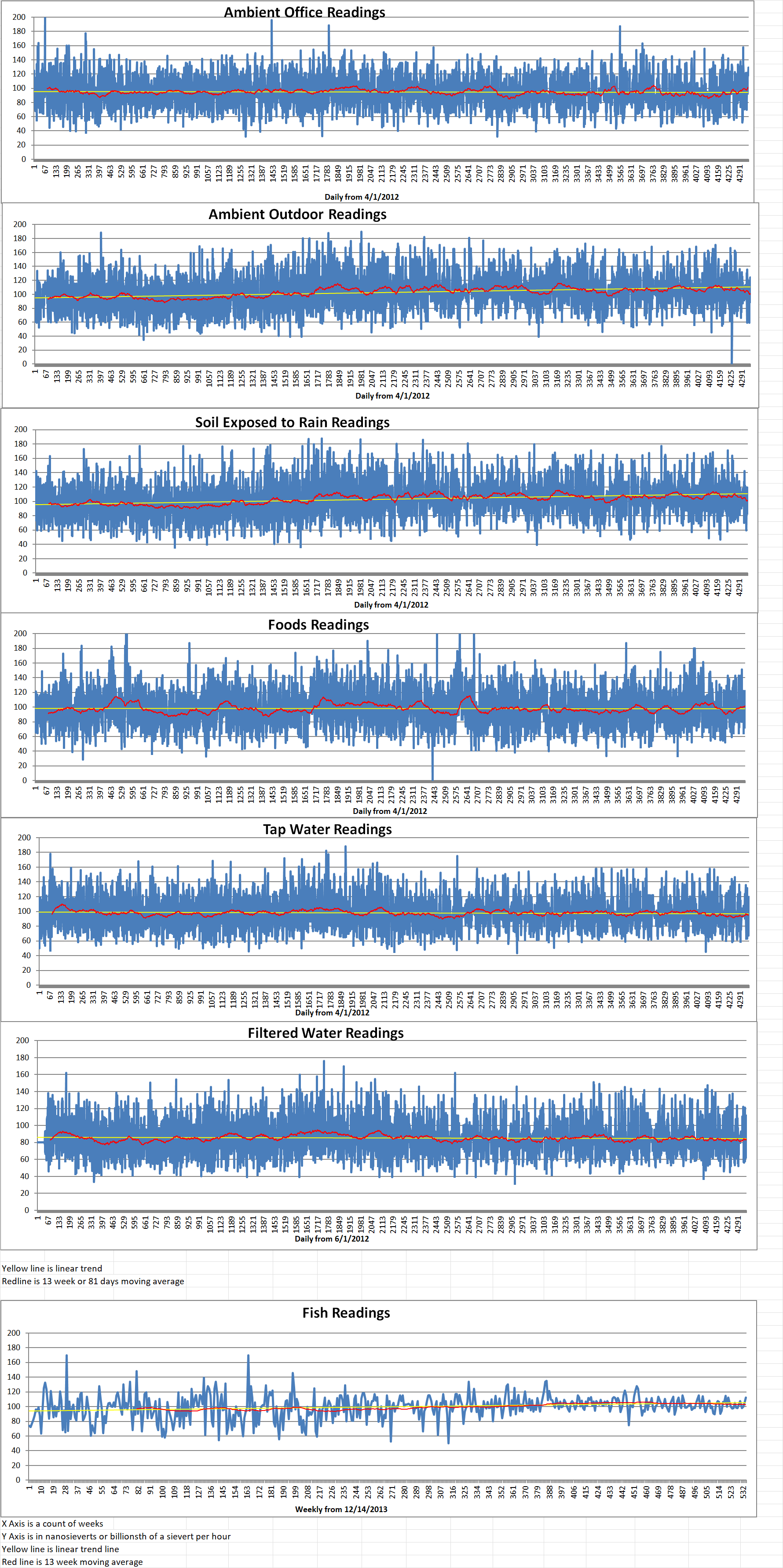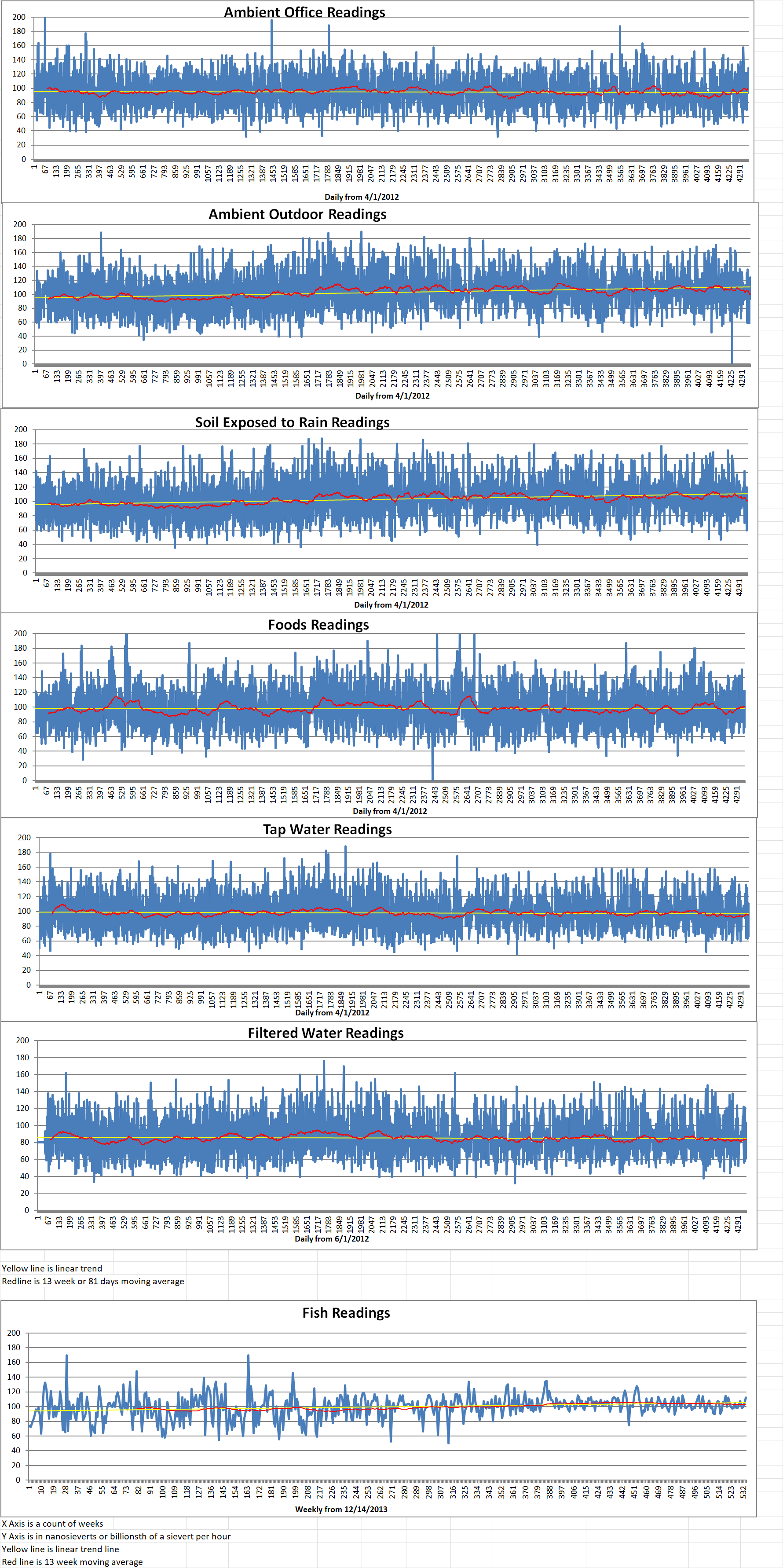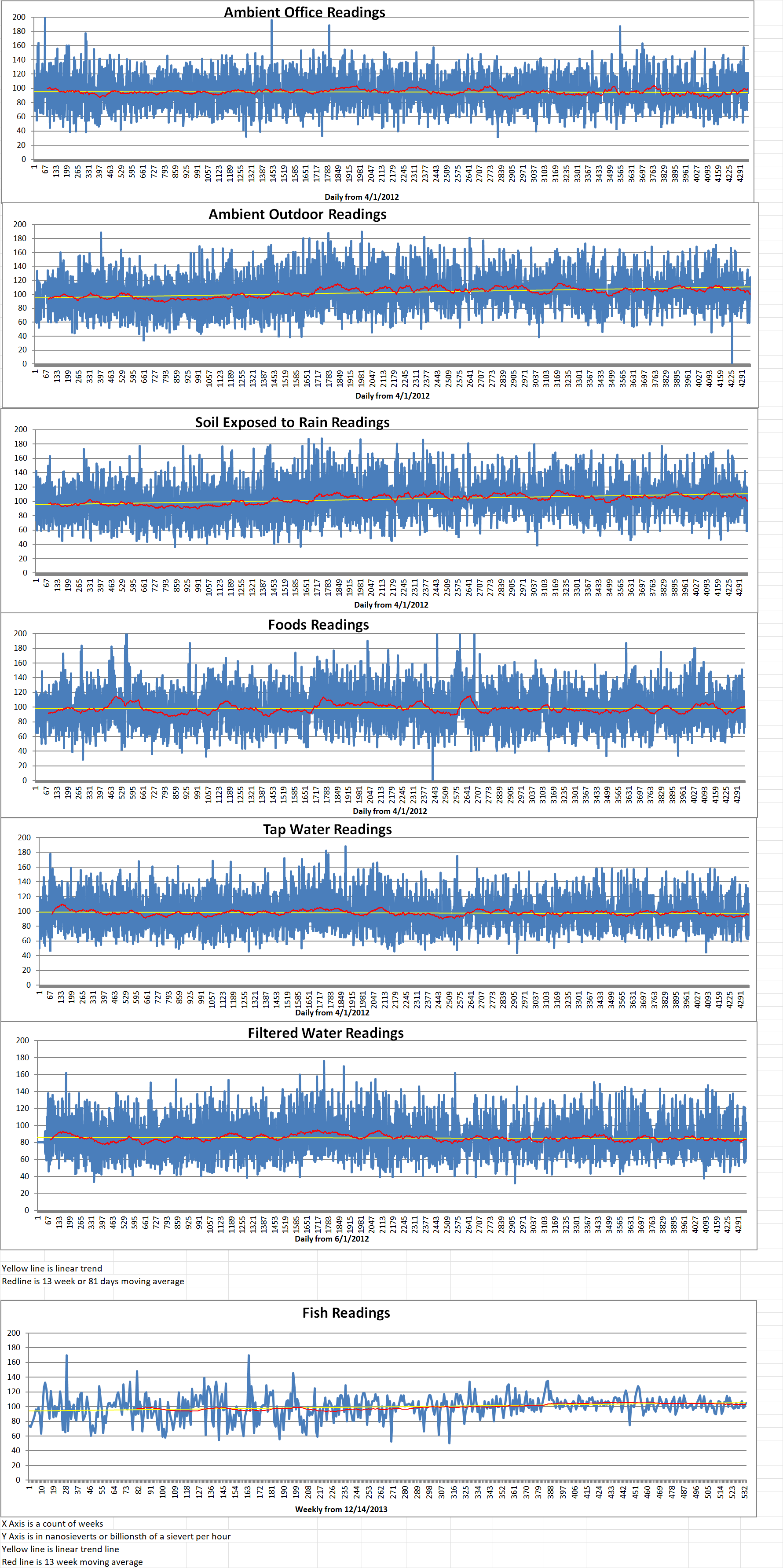Part 3 of 3 Parts (Please read Parts 1 and 2 first)
On the question about key measures needed to pave the way to capacity expansion, Schucht of Urenco emphasized that politicians need to continue “to translate the political momentum into political actions, and that’s not only about legislation, finding solutions, but also giving long-term guidance to the market, to the industry. We all make decisions that will operate for the next forty, fifty, sixty or seventy years” which is difficult if “you always have the fear that the next government is taking opposite political decisions”.
Gabi Schneider is the executive director of the Namibian Uranium Institute. She said, “during the period of low uranium price, companies active in Namibia rather used the opportunity, the time that was available to work on their programs. There was many a drilling campaign to increase the resource space … so as a result, now with the situation where the price has reached a level where many projects can come to fruition, all of this work was already done”. She noted that her “optimistic outlook” was that if all projects come to fruition, “Namibia will not be able to triple its output, but to more than double the output”.
In response to the question of what the most important thing is that needs to happen to facilitate a tripling of nuclear capacity by 2050, she stated that from an African perspective “I think to reach this goal, we need a lot of uranium. So we need to find a lot more uranium deposits. I think we need a lot more exploration, so it is up to individual countries to put a conducive environment in place … legal, infrastructure and all the other issues that are required to build world class uranium mines”.
Amir Adnani is the CEO of the Uranium Energy Corporation. He said that although it was starting from a low base the U.S. was currently the “fastest growing jurisdiction for uranium exploration and mining in the world” with potential production growth “to twenty to twenty-five million pounds per year within five years”. He added that “We’re seeing this unprecedented need for new suppliers to emerge in our industry. If we’re going to truly have the foundations for a global, robust industry it starts with uranium … historically, in the 1980s the U.S.-led the world in uranium production … so this is not a lost art and science. The regulatory framework exists … we have very understanding capital markets in North America that understand this business … and this unbelievable bipartisan support”.
He compared his company’s strategy during the bear market to someone buying Christmas decorations for the following year in the January sales. He emphasized that, irrespective of geopolitics, “there has to be a robust domestic answer as well to the fuel cycle – we can’t be importing everything” and praised government initiatives in the U.S. which have “levelled the playing field with renewables”, with respect to the subsidies that are available.
One dominant theme at the conferences is what has been referred to as the chicken and egg problem. Developers of uranium assets need to know that there will be a reliable market for their production. On the other hand, developers of nuclear reactors need to know that there will be fuel available for the reactors they are constructing.






